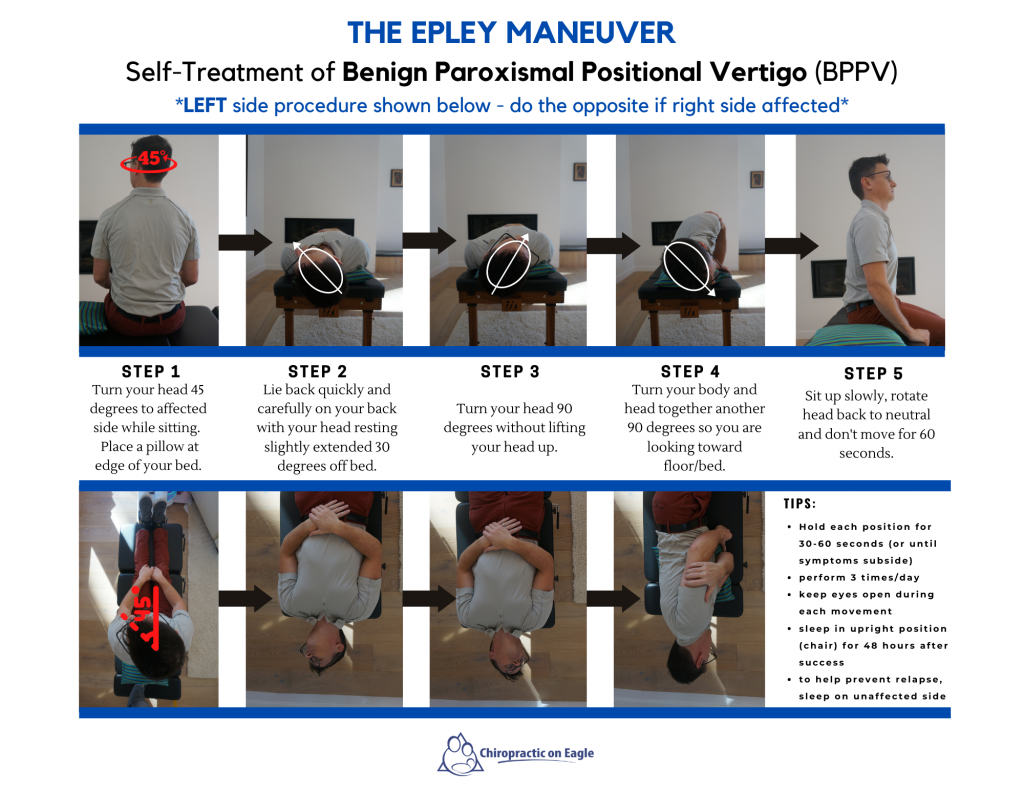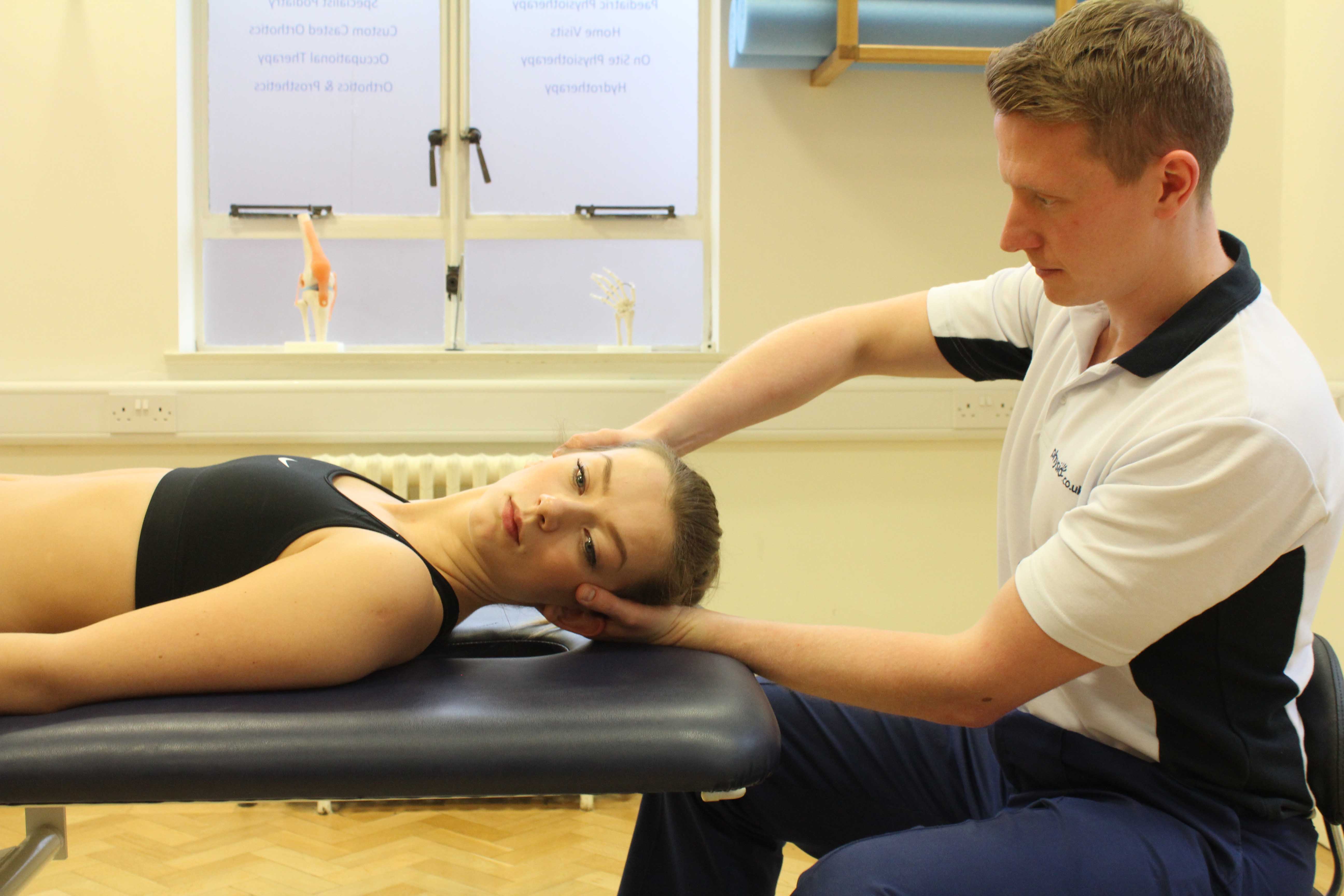

Problems outside the inner ear can also cause vertigo. Many cases of vertigo will resolve on their own. Antihistamine and anti-nausea medications may also help to relieve your symptoms. Your doctor may show you some exercises that are designed to dislodge the loose object or matter. The vertigo is worsened by changes in head position – such as standing from lying, or rolling over in bed. This is usually brief, and related either to infection or a loose object or matter moving inside the balance organ.

One common cause is called benign positional vertigo (BPV). There can also be problems with the balance organ itself such as: Some people with vertigo have a disorder of the nerve that ends in the part of the inner ear called the labyrinth or balance organ. If you have vertigo you may also have these symptoms: If you have vertigo it’s normal to feel out of control and frightened – but in most cases, the causes of vertigo aren’t a serious health threat. This feeling isn’t caused by an inner ear problem but is due to a lack of oxygen flowing to the brain. Light-headedness is a feeling that you are going to lose consciousness or faint (pass out).

Vertigo or giddiness is often mistaken for light-headedness or dizziness. It may be constant or it may come and go. Vertigo often begins suddenly and may vary in intensity. Consult your doctor and find the relief you need.If you have vertigo, you may feel as though you are spinning, falling or tumbling in space, or standing still while your surroundings are moving. If you’re still suffering from the effects of vertigo, Di-Vertigo is an all-natural topical formula that can reduce vertigo symptoms in as little as a few minutes. Most doctors recommend that patients do exercises for vertigo three times a day until their symptoms subside for at least 24 hours. Raise your head until it’s in its original position with your head still turned and wait for another 30 seconds.

#EXERCISES FOR VERTIGO HOW TO#
Patients should consult their doctor or a primary care provider to learn how to do these exercises properly. That’s why many doctors are recommending at-home exercises for vertigo that relieve symptoms naturally. Powerful prescription medications can lead to drowsiness, loss in appetite, and nausea that can actually make the situation worse. Finding relief for these symptoms is not usually cut and dry. Vertigo can have a debilitating effect on a person’s life, adding severe episodes of dizziness, nausea, and shortness of breath instantly sapping a person’s strength.


 0 kommentar(er)
0 kommentar(er)
